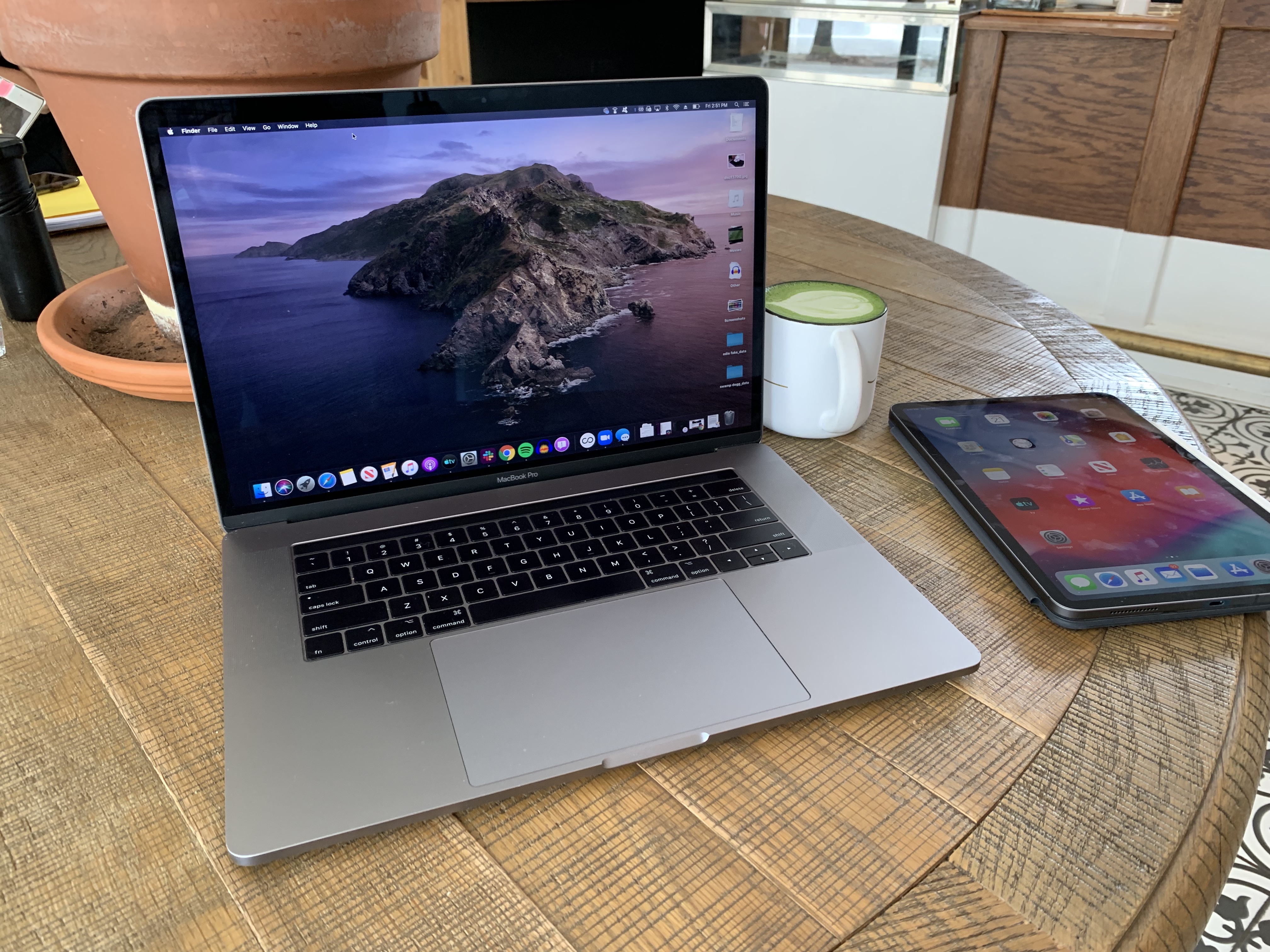2021-01-14 11:44:52 • Filed to: macOS 10.15 • Proven solutions
- If you purchased your Mac with OS Catalina (10.15.x) or Big Sur (11.xx.x) already installed, you can skip the uninstall part above and follow the instructions below. 6 'high level' steps needed, follow down the page to make this a painless systematic process.
- Apple has released macOS Catalina 10.15.5 to the public. This update adds the usual spate of bug fixes and performance improvements, but the highlight here is the new battery health management feature for Mac laptops. March 24, 2020: Apple releases macOS Catalina 10.15.4. Apple has released macOS Catalina 10.15.4 to the public.
MacOS Catalina, aka macOS 10.15, is an older version of the operating system that runs on the Mac. MacOS Catalina's name was inspired by Santa Catalina Island, popularly known as Catalina and one. This article guides you through the process of performing a clean installation of macOS 10.15 Catalina using the bootable USB drive method, rather than upgrading your Mac using Apple's standard.
Desktop storage gives you to quick access to files and apps. But while saving to desktop allows you easy access to your files, it can also lead to the loss of files due to a number of reasons.
It’s much easier to restore Mac OS 10.15 desktop files if you used backup services like iCloud or Time Machine. But in the rare instances where you didn’t, you might need to fix a possible ‘disappearing file on desktop’ bug on Mac OS 10.15 with a more technical method.
How to Fix Files Saved to Desktop Don’t Show Up
Method 1: Reload Finder
When newly saved files are not appearing on Mac OS 10.15, the first thing you should do is ensure your Finder is running properly. To do this,
1. Click the Apple logo at the left top corner of your home screen.
2. Next, go to “Force Quit > Finder > Relaunch”.
If your files remain missing afterward, try the following methods.
Method 2: Locate Missing Desktop Files Using Finder

1. Launch Finder, and then go to the folder/file you’re looking for, and then right-click on it and choose “Get Info”.

2. Next, select “folder/file preview” in the top left corner of the info pane.
3. When the preview is highlighted, press backspace ( ← ) on your keyboard.
Method 3: Disable iCloud Drive
When you enable the “Desktop & Documents” storage option on your Mac’s iCloud Drive, all your desktop and documents folders move to the iCloud Drive. The files are then accessible from the iCloud section of your Finder sidebar. To restore these folders back to desktop, you need to disable the “Desktop & Document” storage option on iCloud Drive.

1. Open the Apple menu, and then go to “System Preferences > iCloud”.
2. Select “Options”, and then uncheck the 'Desktop & Documents Folders' box, and then select “Done”.
Note that you’ll receive a prompt stating that when you disable this option, your files will remain on iCloud Drive, while the Desktop & Documents folder in your Home folder will be empty, and you’ll have to move the files manually from iCloud Drive to your Home folder.
However, you don’t need to go through the grueling task of moving all your files manually. Your Home folder contains a folder named iCloud Drive (Archive), which already contains all the files synced to iCloud Drive. Alternately, you can retrieve all the synced Documents and Desktop files using the Time Machine.
Method 4: Deactivate Desktop Stack

The Desk Stack feature is designed to organize your desktop files into neat stacks to declutter your desktop. Your newly created file may be hidden among stacked folders. If you’d like your desktop files to place where you can easily access them, you can rearrange the stack of files.
1. From the top of your desktop screen, click on ‘View”, and then click on “Use Stacks”.
Mac Os 10.15.0
2. Next, go to “Group Stacks By” and then select the most convenient file organization option.
3. You can then locate the missing file/folder, and then place them conspicuously on your desktop.
Mac Os 10.15.0
Method 4: Search for Hidden Desktop Files on Terminal
The Terminal system allows you to search, delete, or modify files and folders from one place, no matter where they’re stored in your local storage. To check where missing desktop files might have gone,
1. Open Terminal, and then type in “defaults write com.apple.finder appleahowfiles TRUE”, and then press “Enter”. This will close the Terminal and bring up the hidden files.
Learn more about PDFelement for Mac >>
Free Download or Buy PDFelement right now!
Free Download or Buy PDFelement right now!
Mac Os 10.15.7
Buy PDFelement right now!
Buy PDFelement right now!
0 Comment(s)
